Acer spp.
If you’re looking for a focal point to really set off your home’s curb appeal, don’t overlook Japanese maple trees.
Japanese maple most commonly refers to any cultivar of Acer palmatum, which is native to Japan, China, and Korea.
But cultivars of A. japonicum and A. shirasawanum are sometimes thrown into the mix as well – which are also native to Japan.
And, with over 1,000 cultivars, hybrids, and varieties, you will, without question, find one to suit your every desire.

We link to vendors to help you find relevant products. If you buy from one of our links, we may earn a commission.
These large deciduous shrubs or small trees come in a number of shapes and sizes.
Upright or weeping. Tall and picturesque. Short and muscular. They come in a multitude of shapes and sizes.
Their delicate, often purple leaves turn some sort of brilliant shade of red, orange, or yellow in the fall.
Their characteristic gray bark creates a clear silhouette in the moonlight and is beautiful against snow in the winter, and their branching limbs offer balance to any design.
Japanese maples have the power to define your landscape.
Need one (or two, or three…) in your life? Here’s what we’ll discuss in the upcoming guide:
What You’ll Learn
Before you run out to buy one (because you really should), here’s what you need to know.
Cultivation and History
Japanese maples have been a part of Japanese history for centuries. The first mention of them was as early as the 7th century, and by the 1700s they were being widely cultivated.
Over the centuries, they have been bred and refined into hundreds of beautiful cultivars.
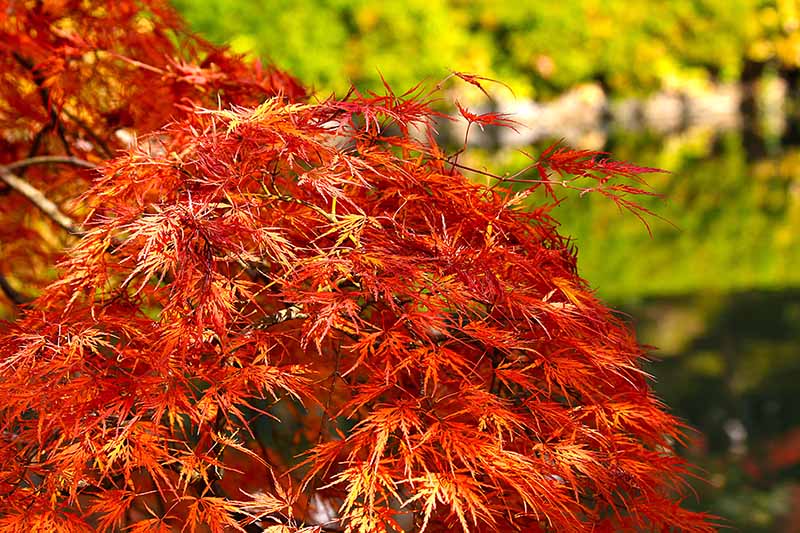
From Japan, they gradually spread across the globe, reaching the West in the 1820s.
When we talk about Japanese maples, we aren’t referring to just one species, but nearly two dozen Acer species that are native to Japan.
A. palmatum, A. japonicum, and A. shirasawanum are the most common, but you’ll also see A. micranthum, A. tschonoskii, A. rufinerve, and A. argutum, among others being sold under the name Japanese maple.
Most cultivars are cold hardy to around 20°F, or suited to growing in USDA Hardiness Zones 5 through 9.
Naturally, these small trees grow in the understory of woodlands, where sunlight is dappled. So, a location in partial shade is fitting.
Japanese Maple Propagation
Japanese maples can range from cheap to extraordinarily expensive at the store, which is why it can be a good project to propagate them yourself at home.

Plus, if you have a tree that does particularly well in your or a neighbor’s yard, you can take a cutting and have another that you already know does well in your area!
From Seed
You can grow Japanese maple from seed, but keep in mind that your new tree won’t grow true to type. That means that it might not have the same deeply-lobed leaves as the parent tree, or the color won’t be as striking.
Japanese maples flower in the spring, with tiny little blossoms.
Over the summer, the blossoms turn into the little “helicopters” (also known as samaras) we all knew and loved as kids.
These seed pods have little “wings” attached to the seed itself, and they spin like the blades of a helicopter as they fall from the tree to the ground in the late summer or fall.
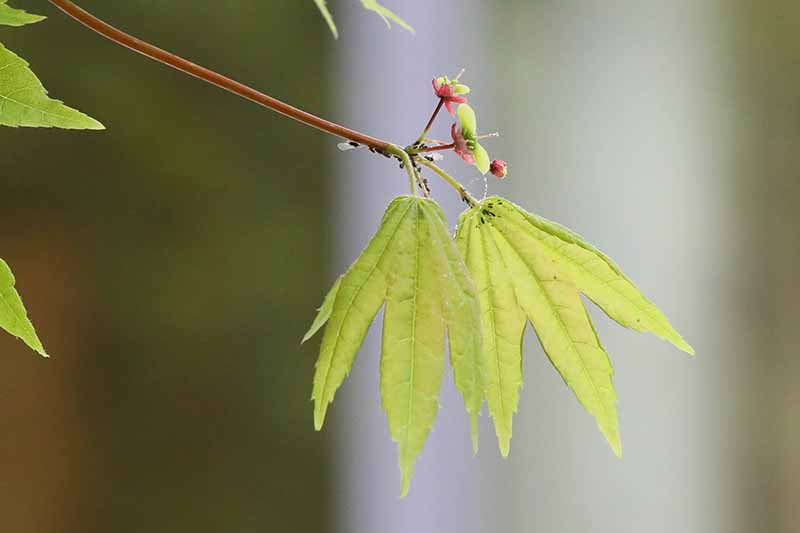
Once you see the seed pods starting to fall off the tree, it’s time to collect them. Act fast, because once the pods start falling, the whole tree will drop its seeds within a matter of days.
Of course, you can pick the pods up from the ground, if you desire, but pods picked fresh from the tree seem to germinate best.
You can always plant the seeds directly in the ground after they fall from the tree, but this can be a bit hit or miss. It’s best to harvest the seeds, test their viability, and then cold stratify them in seed trays.
To harvest the seeds, break the “wings” off the pods and place the seeds in a bowl of room temperature water for 24 hours.
Then, collect all the seeds that have dropped to the bottom of the container. The ones that float aren’t viable.
If you live in Zones 4 to 7, plant them in containers to start. Fill a seeding flat with a seed-starting medium to three quarters of an inch from the top and place the seeds four inches apart.
Cover with a quarter of an inch of soil and lay a piece of mesh screen or hardware cloth over the top. Now, place the flat outside in the cold in a partially shaded area for the entire winter.
This is a natural way to cold stratify the seeds. Keep the soil moist but not wet until germination. In the spring, you’ll start to see tiny green sprouts emerging. Remove the hardware cloth and place the flat in a shaded area.
For those in Zones 8 and 9, you’ll have to do the stratification work artificially. Place the soaked seeds in a bag filled with moist sand. Force the air out and seal the bag. Then, place it in the refrigerator for three months. Check every few weeks to make sure the sand is still moist.
In the early spring, place the artificially cold stratified seeds four inches apart in a flat filled with a seed-starting medium. Something with equal parts compost and coco coir is ideal.
Place it in a window with bright, indirect sunlight for at least four hours a day, and keep the medium moist.
With either method, once the seedlings emerge and have grown one set of true leaves, you can transplant them into their permanent spot as described below.
Before transplanting outdoors from indoors, be sure to harden the new seedlings off by putting them outside in a protected area for an hour. After that, bring them back inside.
The next day, take them outside for two hours. Add an hour each day until the plants can stay outside for a full eight hours.
Find more tips on propagating from seed here.
From Cuttings
Not all maples root well from cuttings, but many do, so it’s worth a try. In the spring, take softwood cuttings (rather than hardwood ones) using a clean pair of clippers.
Hardwood is the wood that has turned brown and hardened, while softwood is generally green or red, depending on the tree, and is malleable.
Snip the tip of a branch so that you have about five inches of soft tissue and at least two leaf nodes (the spot where the leaves emerge from the branch). Make the cut at a 45-degree angle and remove any leaves from the lower half.
Dip the end of the cutting in a rooting hormone.
I use Bontone II Rooting Powder and it has always worked well for me. It’s an essential part of my gardening kit, and if you are thinking of adding some to your toolkit, pick some up at Arbico Organics.
Plant your cuttings in four-inch containers filled with a soilless rooting medium. A 50-50 mix of sand and perlite or vermiculite is ideal. Poke a single hole in the center of the soil in each container and insert a cutting.
Firm the medium around the base and water to settle the soil. Put a chopstick on either side of each cutting so that it extends an inch or two above the cutting, and cover the container with clear plastic like a gallon-size bag.
Check the cuttings daily to make sure the rooting medium stays moist but not wet. After four weeks, give the cuttings a gentle tug. They should resist.
At that point, they’ve developed roots and you can replant them after a period of hardening off, as described above in the section on propagating seeds.
From Seedlings/Transplanting
Planting transplants all starts with the hole you dig.
Make sure it’s big enough – usually twice as wide as the root ball, and just deep enough that the top of the root ball is flush with or just above the soil line once it’s watered in.
A little too high is okay. Too deep, and you may have some problems.
If the roots are bound up, go ahead and make a few cuts with your pruners or a knife to free some of them up.
Backfill the hole well, adding some compost if desired. Make sure to tamp the soil down to get it to settle.
Also, don’t forget to check that the trunk is straight, and if the plant is grafted, make sure the graft joint is positioned above the soil.
Temporary staking may be a good idea if your tree is especially tall at the time of planting, or if you experience frequent high winds. Bare root plants should also be staked for the first growing season.
How to Grow Japanese Maples
Before even thinking about planting a Japanese maple in your yard, let’s see if they’re a good fit for your location.
While partial shade is ideal, full sun is great too if you live in a northern zone where summer temperatures aren’t as intense.
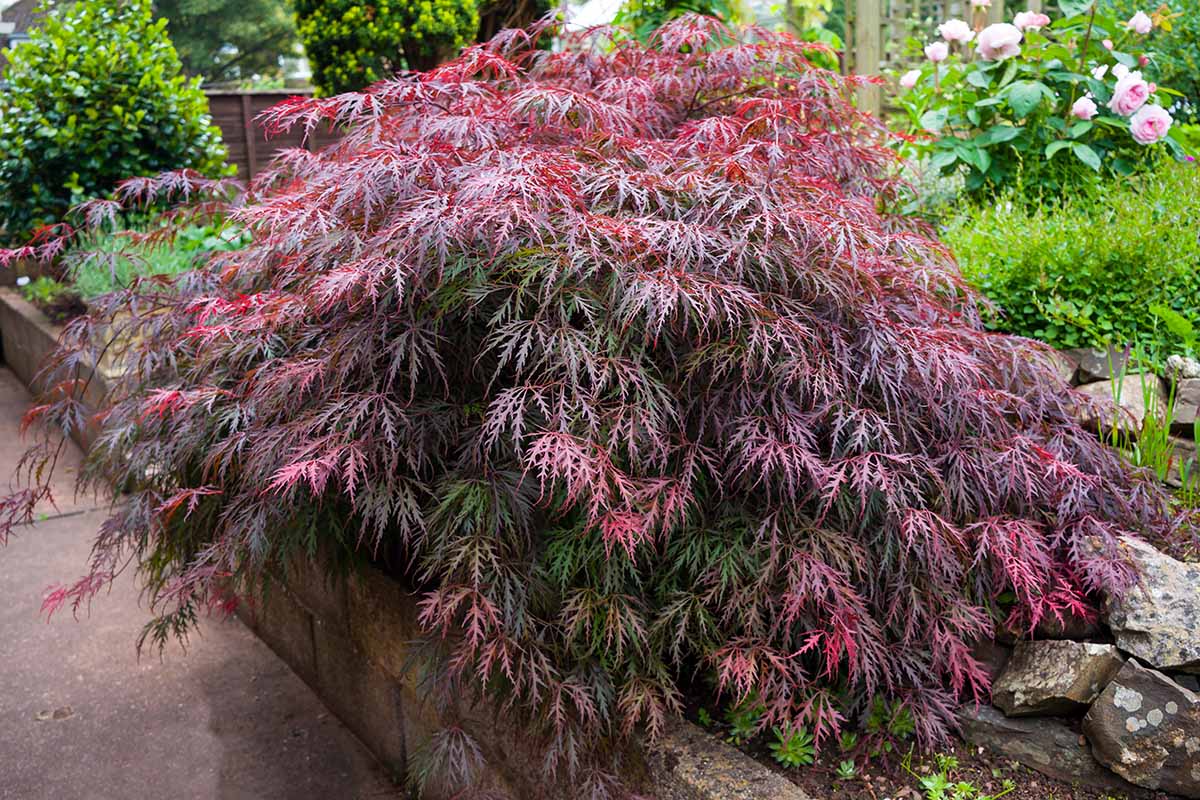
But if it gets really hot in your area, some shade is highly recommended. Otherwise, young leaves may burn and scald.
Variegated types are most vulnerable to leaf scorch. While it likely won’t kill the tree, it’s definitely unsightly.
As a bonus, these beauties can even tolerate full shade – just know that the leaf color may not be what you expect and fall brilliance may suffer as well.
Your tree might also become leggy and lanky, or grow at an angle. For instance, this dwarf tree in the picture below only receives about an hour of sunlight a day.
As a result, it has stretched up to reach the sunshine over the 15 years it has been growing in that spot.
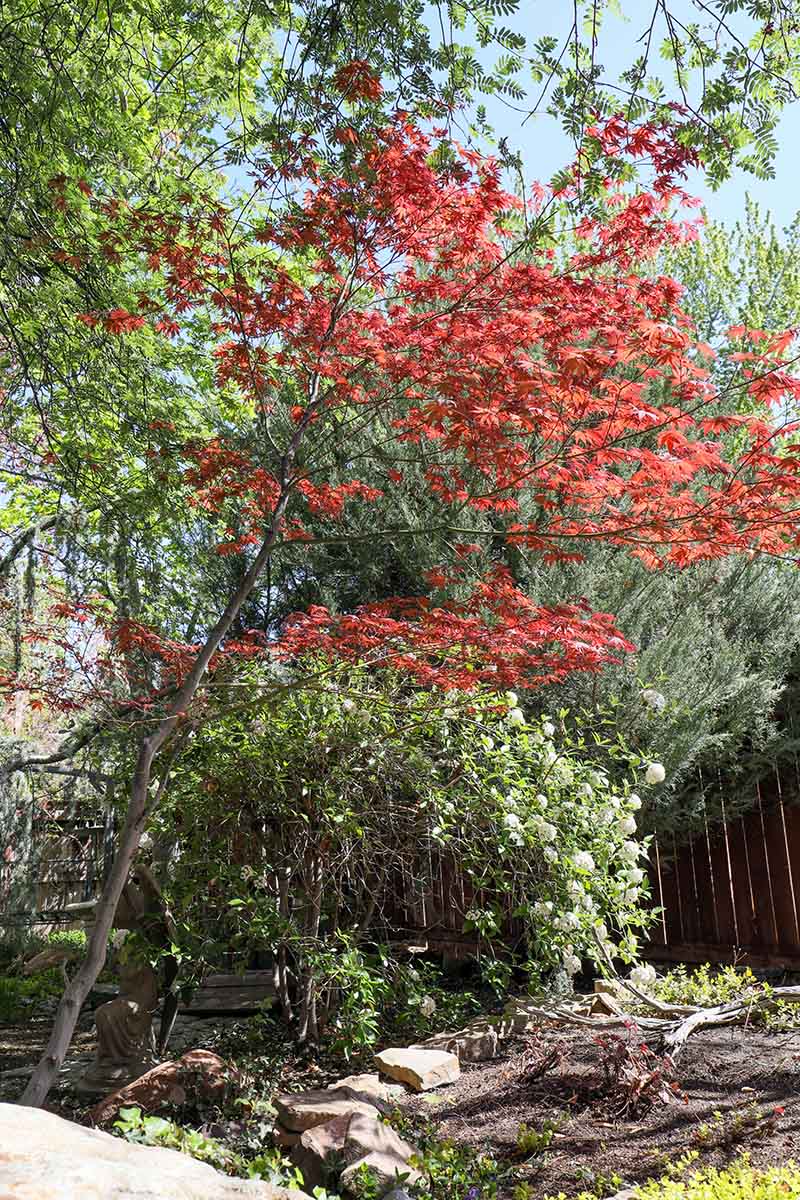
The soil type can be almost anything – clay, loam, sand – but it has to be well draining. Water-logged soil is a sure way to kill almost any Japanese maple.
It’s also best if the soil is slightly acidic, with a pH between 5.5. and 6.5.
If planted in clay soil, make sure it’s on higher ground to avoid standing water.
Dwarf varieties typically max out between six and eight feet, while taller ones can reach over 40 feet, so take size into account when planting. Knowing how much space you have to grow your plant will determine which varieties are a possible fit.
An area with a width of at least five feet is a good starting point for a dwarf tree to spread out. You’ll need to increase the size of the planned footprint accordingly if you end up choosing a larger tree.
Read the information card that comes with the plant to get an idea of its mature size, or be sure to do your research before you shop.
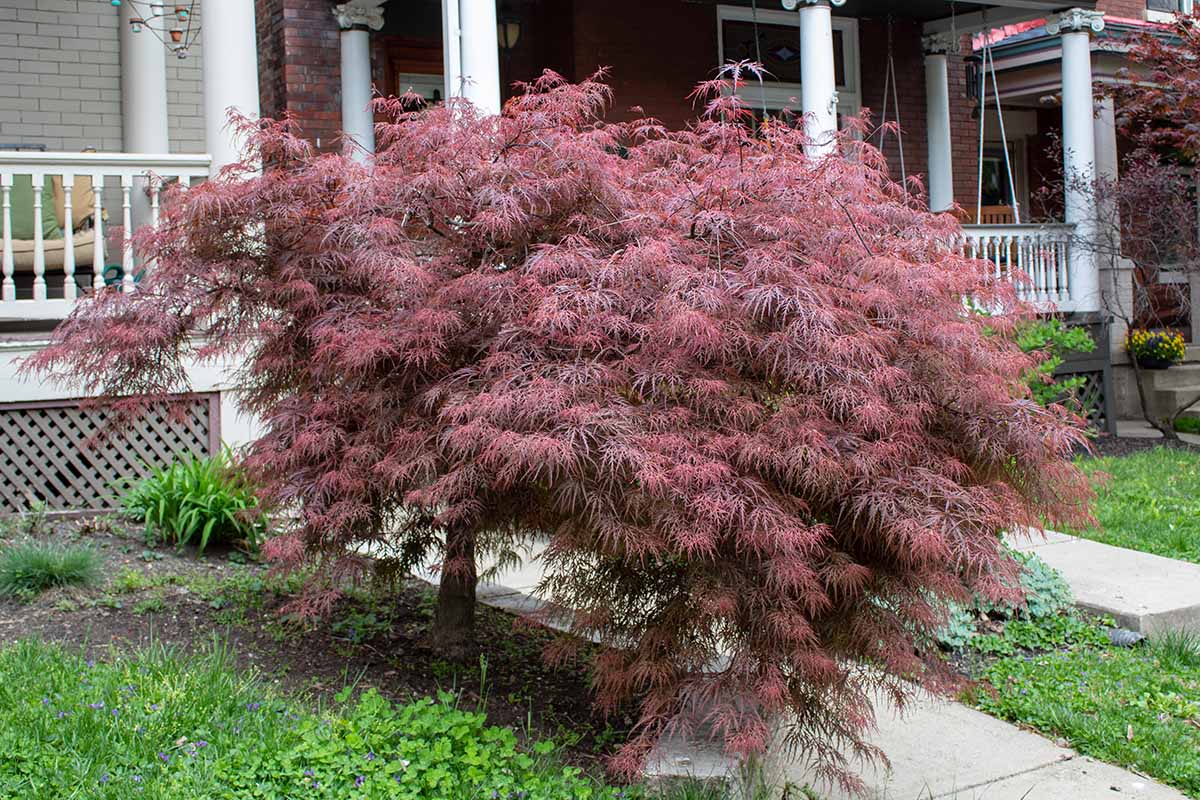
If you’re okay with pruning a little heavier every year, you can likely maintain your tree at a certain size. But if low maintenance is your golden ticket, pick a cultivar with a natural growth habit suitable for the space you have.
The majority of cultivars are considered slow growing, putting on less than one foot of new growth every year.
Hands down, the most vulnerable time for a tree is during the first few years after it has been transplanted. And it’s no different for Japanese maples.
While established trees can withstand dry spells, newly transplanted ones cannot. So, whatever you do, do not let your tree dry out in its first few years after being transplanted. After that, the first few inches of the soil can dry out in between watering.
Trees planted in full sun, especially in hotter climates, will need more water in general, even after they are established.
One of the (many) nice things about Japanese maples is that they are tolerant of black walnut trees (Juglans nigra).
Many plants will fail to thrive or die if planted near them because of the juglone chemical that black walnuts and their relatives put out. But maples can handle it.
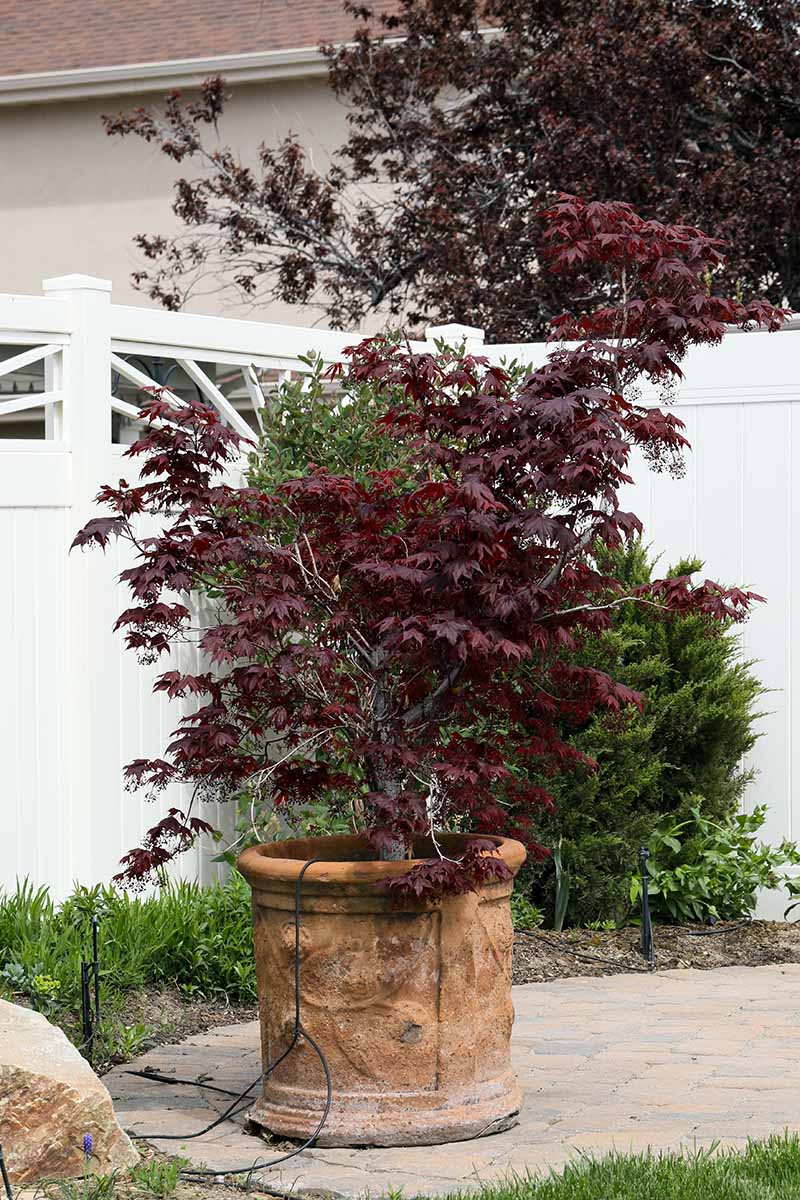
You can also grow your maple in a container, just remember that you’ll need to be diligent about pruning to keep it in check.
Pick a dwarf cultivar, and consider using some sort of container irrigation system, since containers tend to dry out more quickly than the ground.
Remember that many Japanese maples are grafted. With a grafted plant, you need to watch for reversion (we’ll talk about this more in the section on pruning and maintenance below).
Mulching
A few inches of mulch will help to retain moisture, not to mention suppress weeds and regulate soil temperature.
Be sure not to mulch too close around the base of the trunk, which will smother it. Lay mulch very lightly closest to the trunk, and thicker as you move away from the trunk.
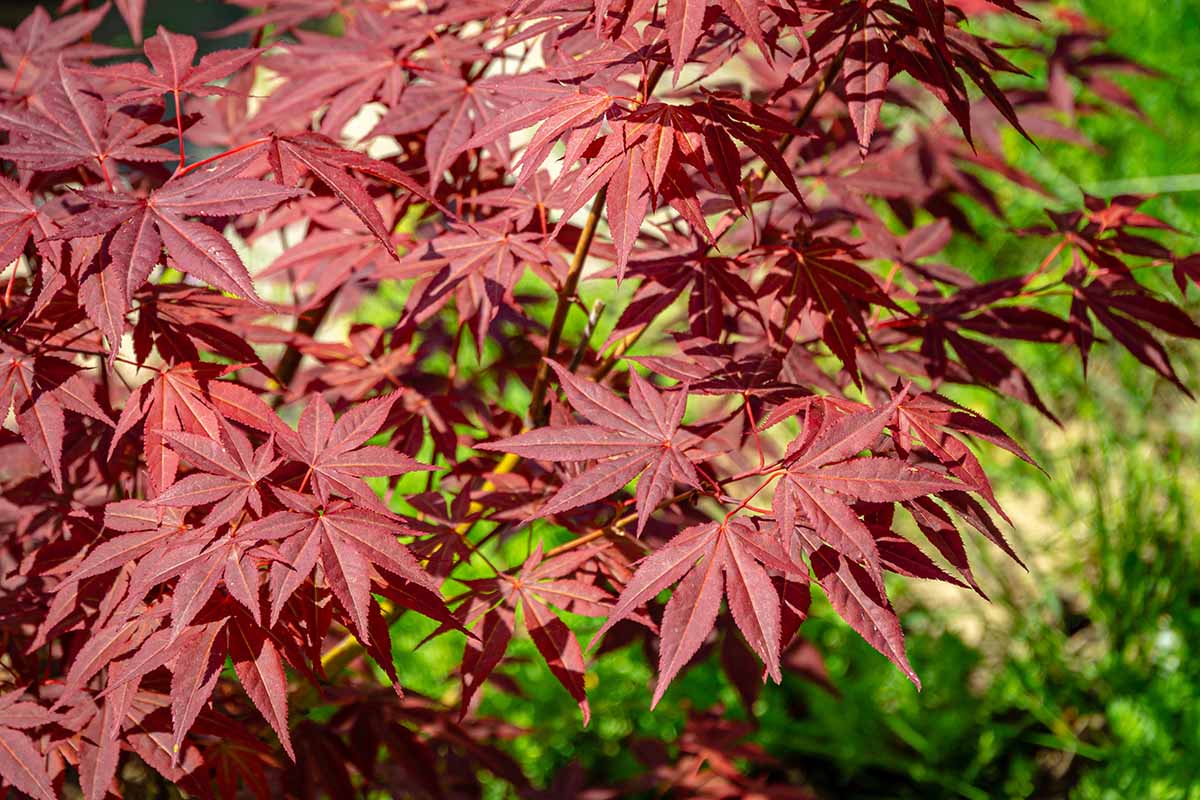
Japanese maples are typically early to leaf out in the spring, which is great for aesthetics. However, late spring frosts could kill off the fresh growth.
Trees planted in full sun are particularly susceptible to late spring frosts, as these areas will warm faster and encourage branches to leaf out earlier.
One way to delay leafing out is to add a thicker layer of mulch around the base of the tree, between three and four inches.
Again, avoid clumping mulch up against the trunk. It won’t be happy.
Fertilizing
Fertilization may not ever be necessary, and too much can contribute to problems like reversion, as described in more detail in the section below on pruning, and susceptibility to some diseases.
But if you notice your tree looking less than healthy, consider a soil test. We share more information about the steps you need to take at home to have your soil analyzed here.
In lieu of a soil test, the best option is to maintain a low level of fertility.
Since specimens are generally slow growing, too much fertilizer – especially nitrogen – can be particularly harmful.
A fertilizer formulated specifically for Japanese maples is ideal, but you can also use a controlled-release, all-purpose fertilizer, such as Osmocote Plus Indoor and Outdoor Plant Food. Apply this in the early spring after the last frost.
Osmocote Plus Indoor and Outdoor Plant Food
Dig six-inch-deep holes halfway between the drip line and the trunk every few feet, and apply the fertilizer according to the manufacturer’s recommended amounts.
Need to pick up some fertilizer? Home Depot carries Osmocote in eight-pound bags.
Remember, since the trees are prone to frost damage, it’s important to wait until after the last frost to fertilize. Fertilizer encourages leaf growth, and we don’t want that before the timing is right.
Growing Tips
- Planting in partial shade is ideal, though trees are tolerant of full sun or full shade.
- Keep the soil moist for the first few years of the tree’s life.
- Add a few inches of mulch around the base of trees.
- Test your soil to determine if fertilizer is necessary.
Pruning and Maintenance
To prune, use a clean pair of clippers that has been wiped with a cloth dipped in one part bleach to ten parts water. This cleaning step helps to prevent the spread of disease.
In the middle of winter, before any new growth has emerged, head outside to do the majority of your pruning. That means shaping and removing any rubbing or crowded branches. If your tree is becoming overgrown, you can trim it back by up to a third, but not more.
If you’re shortening a branch, trim it back to the joint where two smaller stems emerge to give your cut a clean look.
If you are removing an entire branch, trim it back to the branch collar, which is the shoulder between the branch and the trunk.

You can remove diseased or dead branches at any time of year, but be careful not to do your major pruning in late winter or early spring. This can result in too much new growth before the last frost, which could kill your plant.
This tree in the photo below needs some serious pruning to get rid of the dead branches. When your tree looks like this, it’s fine to remove the dead wood at any time of year.

There is an exception to pruning with shears or clippers, and that’s if you see what is called plant reversion. This happens when a grafted plant has an errant cell and it tries to revert back to its parent form.
That’s because the cells that resulted in the beautiful mutation that was so appealing to the tree grower that they decided to graft it onto another tree are more prone to mutation than others.
This can also appear in the form of a shoot emerging from below the graft line.
Most common in variegated plants, it’s easy to spot these since you’ll see a branch full of solid leaves growing amidst the otherwise variegated foliage.
If you see leaves forming that appear to belong to a different type of Japanese maple, tear off the entire branch or stem – don’t cut it. That way, you’re more likely to rip out the errant cells, since pruning is likely to remove the branch beyond the point of the reversion.
For suckers emerging out of the soil, be diligent about snipping these as close to the soil as possible, and be ready for them to return.
If you don’t catch these quickly, they could spread and your entire tree will revert.
For more tips, read our Japanese maple tree pruning guide here.
Japanese Maple Varieties to Select
In general, there are two main forms of Japanese maples:
They’re either a more compact, large shrub with lacy leaves that tend to branch lower and even become weeping, or they’re more upright, with a vase-like structure and tree form.
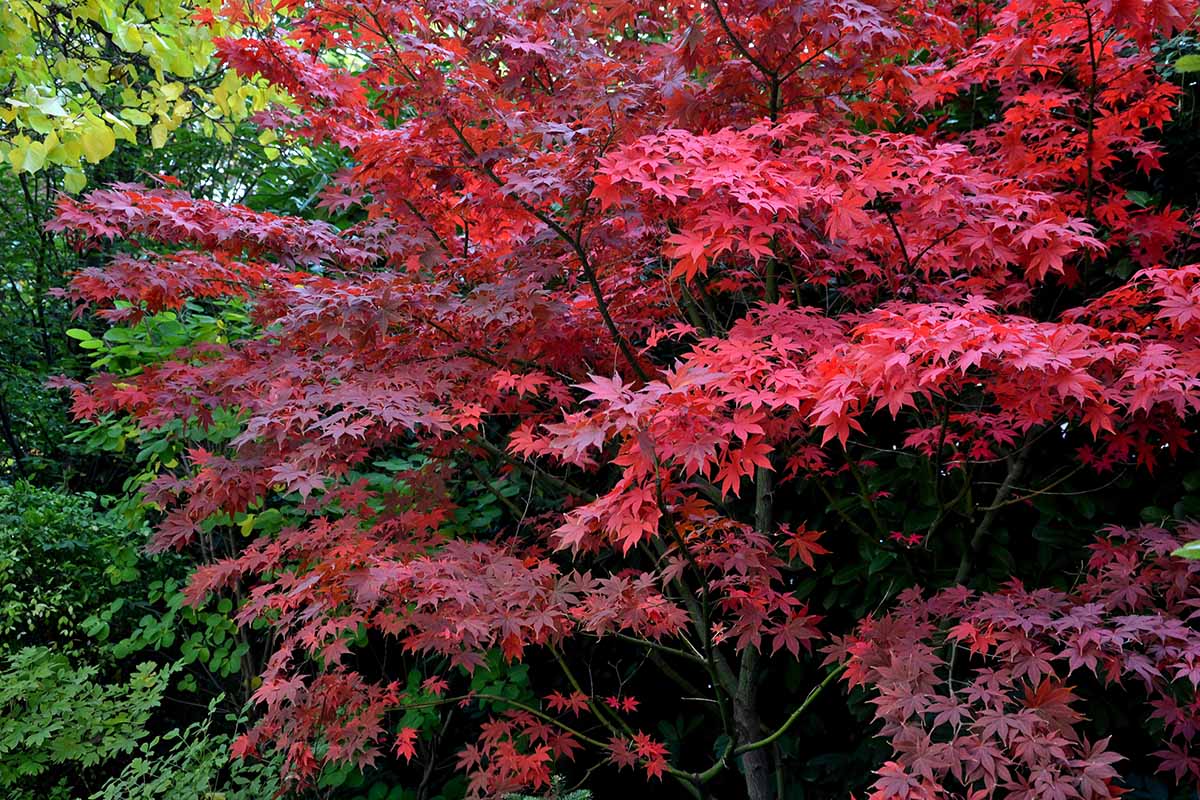
From there, you can usually find varieties with different leaf colors, usually purple, red, or green during the summer, and some amazing shade of red, orange, or yellow during the fall. There are also trees with variegated foliage.
To make things nice and organized, the Maple Society officially classifies Japanese Maples into 17 groups. If you want to know more, we have an entire guide to make things clear.
Remember, there are hundreds of maples to choose from, so you’ll need to use a few steps to narrow your selection down.
Cold hardiness is cultivar specific, so make sure you know your growing zone.
Also, if you plan to grow your Japanese maple in a container, choose a variety that’s hardy to two zones north of your area. Or, be prepared to provide winter protection.
Decide exactly where you want it, and determine that it’s a good location per the recommendations above beforehand.
Atropurpureum
This cultivar is one of the most popular A. palmatum forms out there. It’s actually a group of cultivars and hybrids that are upright with red foliage, but you’ll often see them all just listed under this name.
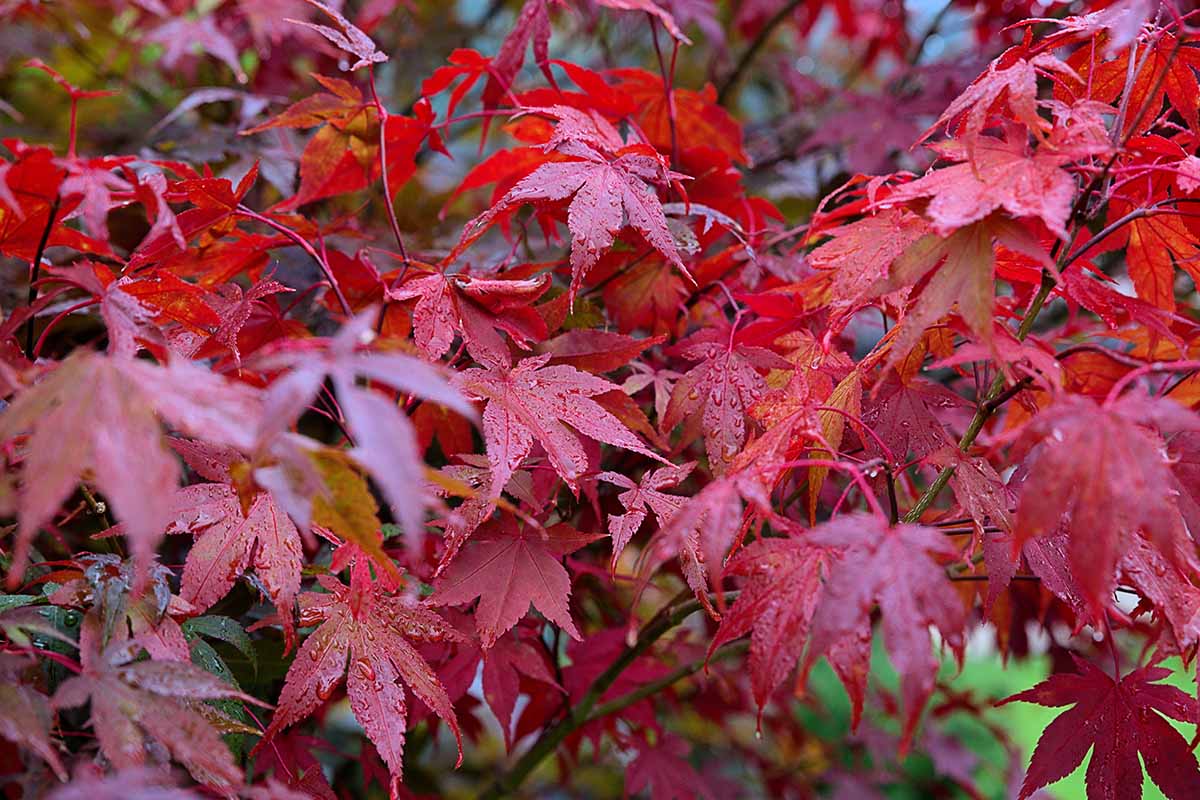
You’ll often spot these plants at big name home supply stores and at nurseries. It has dark purple leaves (atropurpureum means dark purple) that turn vivid red in the fall.
It’s more cold hardy than many other cultivars, growing well down to Zone 5, and reaches up to 25 feet tall when mature.
Bloodgood
A. palatum ‘Bloodgood’ is another popular cultivar that you’ll often spot at nurseries and home supply stores. It grows to about 20 feet tall and wide, and is suited to Zones 5 to 8.
With an upright growth habit, the burgundy colored leaves have five or seven deep lobes.
This cultivar received the Award of Garden of Merit from the Royal Horticultural Society in 1993.
Pick up ‘Bloodgood’ at Maple Ridge Nursery in one-, three-, seven-, 15-, or 25-gallon containers.
Full Moon
A. japonicum ‘Aconitifolium,’ aka ‘Full Moon Maple,’ is prized for its almost fern-shaped leaves, which have between seven to 11 deeply-cut lobes.
While it has a lovely deep red color during the summer, in the fall the foliage becomes a brilliant scarlet with splashes of orange and purple.
It only grows to about 10 feet tall and wide when mature, so it’s ideal for smaller spots, and grows well in Zones 5 to 7.
You can find ’Aconitifolium’ available at Maple Ridge Nursery in a variety of container sizes.
Note that all A. japonicum trees are sometimes referred to as full moon maples, but there are numerous cultivars and varieties available.
Want More Options?
Be sure to check out our supplemental guide, “21 of the Best Japanese Maple Varieties.”
Managing Pests and Disease
Let me preface this section by saying that I know this looks like a long list, which may lead you to think that Japanese maples have a ton of problems.
While they are susceptible to a lot of different pests and disease pathogens, they are generally healthy and you won’t often run across problems.
So, yes, there are a lot of issues to watch out for, but you shouldn’t encounter them too often.
Insects
Japanese maple pests can range from mildly annoying to devastating, plus they can spread disease. Here are the most likely culprits that you’ll come across.
Aphids
If there’s one pest out there that can prompt a barrage of foul language from my mouth, it’s aphids. Not because they’re so damaging, though they can be, but because they are so common.
Aphids aren’t likely to kill your Japanese maple, but they can cause the leaves to yellow, and they leave behind a sticky residue called honeydew that attracts sooty mold and ants.
To learn more about aphids and how to handle them, read our comprehensive guide.
Borers
A type of borer, known more specifically as Asian ambrosia beetles (Xylosandrus crassiusculus), are pests that you usually won’t see unless your tree is already weakened or dying. The borers attack stressed trees, making the situation worse.
The beetles bore into the trunk and branches, leaving behind frass that looks like sawdust. You might also notice holes in the branches and trunk.
Beyond the physical damage, the beetles carry ambrosia fungus, which may infect the interior of the tree. These holes also leave the tree open to other diseases.
Infested plants may have yellow or wilted leaves, dying branches, and stunted growth. Young trees may die.
To treat for these pests, remove infested branches where you can see holes. Burn or dispose of the wood in a sealed bag. Heavily infested trees may need to be removed.
It’s important to keep your tree healthy as a preventive measure so you won’t have to face this problem at all, because there isn’t a good home remedy for killing the beetles other than removing the wood that they’re living in.
Maple Scale
Cottony maple scale (Pulvinaria innumerabilis) is most common and damaging on silver and red maples, but they attack Japanese trees as well. Most noticeable in large numbers, you’ll see the adult females and their eggs lining the trunk and branches.
What do they look like?
These flat, oval, brown insects are covered in a cottony, waxy white substance that protects them. During the summer, you’ll also see cottony masses of tiny eggs, which burst open with hundreds of tiny nymphs that crawl out and attach to nearby leaves.
The leaves of heavily infested branches might turn brown or yellow before falling, and affected branches might die back if there is a large enough infestation, but that’s not common.
As with aphids, these insects secrete honeydew, a sticky substance that attracts sooty mold.
Beneficial insects like parasitoid wasps and ladybugs are key to keeping these insects under control naturally, which is why practicing good garden management that promotes the health of your entire little ecosystem is key.
That means avoiding broad-spectrum pesticides whenever possible.
If your garden lacks beneficial insects, check with your local garden store to see if they carry parasitic wasps that do well in your area.
You can also purchase ladybugs for release into the garden. Just make sure you look for ones that have been raised in captivity rather than ladybugs collected from the wild and shipped elsewhere.
To help your little predator friends keep scale in check, you can wipe any pests you can reach off the tree with a cotton ball dipped in rubbing alcohol.
Find more tips on identifying and controlling Japanese maple tree pests here.
Disease
As long as you provide the right environmental conditions, most Japanese maples are quite healthy. That doesn’t mean your trees won’t experience any diseases whatsoever, but serious infections aren’t terribly common.
That said, you’ll want to know what to look for so you can take quick action if a disease-causing pathogen sneaks in. Here are the most common issues:
Anthracnose
While anthracnose generally won’t kill a tree, it sure is an ugly disease. It’s caused in maples by the fungus Aureobasidium apocryptum.
When this fungus attacks, it causes tan splotches and spots on foliage along the margins and veins. Under ideal conditions, and when allowed to flourish unchecked, this disease can cause leaves to fall and may even defoliate a tree.
So what are ideal conditions?
Anthracnose likes it cool and wet, and it’s spread by water. Crowded trees and dense foliage combined with overhead watering, plus lots of debris on the ground surrounding the tree where the fungi can hang out and overwinter, is just perfect.
Generally, if you avoid these conditions your tree will be fine, even if it does contract the disease. You should, however, prune away any infected parts.
Powdery Mildew
Powdery mildew is extremely common in temperate climates, and while most people seem to be familiar with it on veggies in the garden, it can also attack shrubs and trees.
Check out our guide on how to spot and treat it using organic and homemade techniques.
Pseudomonas
This disease is caused by the airborne bacteria Pseudomonas syringae. It’s particularly prevalent during cool, wet weather, especially if you recently went through a dry, warm period. It gets into your tree through wounds on the bark or leaves.
In the late winter or early spring as the buds on your tree start to emerge, you’ll notice that affected buds have turned black and die off. You may also see branches or sections of bark turning black as well. You might also note leaf spotting, and the tips of branches may die.
The best way to avoid this bacterial disease is to reduce the chances that it can take hold. That means only pruning during dry weather when the wind is calm.
Remove and destroy any infected branches, and practice good pruning in the fall so that plants don’t suffer from winter injury.
Root Rot
Root rot is one of those diseases where by the time you spot symptoms, there’s already a lot of damage happening underground. Caused by water molds in the Phytophthora genus, it attacks the roots of plants, causing them to rot.
Above ground, you’ll generally see a tree that simply looks like it’s growing slowly or isn’t thriving. As the disease progresses, you might see dark brown cankers on the trunk that appear to be wet. They may or may not be oozing clear liquid.
Poor drainage is the main culprit here, but overwatering, or watering on the foliage or trunk, can also spread this disease.
Once you have your watering situation under control, apply a fungicide that contains hydrogen peroxide, such as ZeroTol HC, as a soil drench.
If you run up against this disease, pick up a gallon-size container of concentrate at Arbico Organics to help get the situation under control.
Learn more about diseases that can affect Japanese maples here.
Verticillium Wilt
If you spot blackening branches on your tree, there’s a strong chance it has vert. If you also see wilting and dying leaves, particularly if they start turning yellow and brown at the edges before falling, you can be pretty sure this is the problem.
If you cut open the wood, you’ll likely see dark streaks. All of this is caused by the Verticillium dahliae fungus, which lives in the soil (for up to 13 years!).
First things first, good drainage is absolutely key to avoiding and halting this disease. If you need to, improve your soil’s drainage. Then, cut back any dying branches to at least six inches beyond the visible symptoms.
Japanese Maple Best Uses
Japanese maples are versatile additions to a garden because they come in so many sizes and shapes.
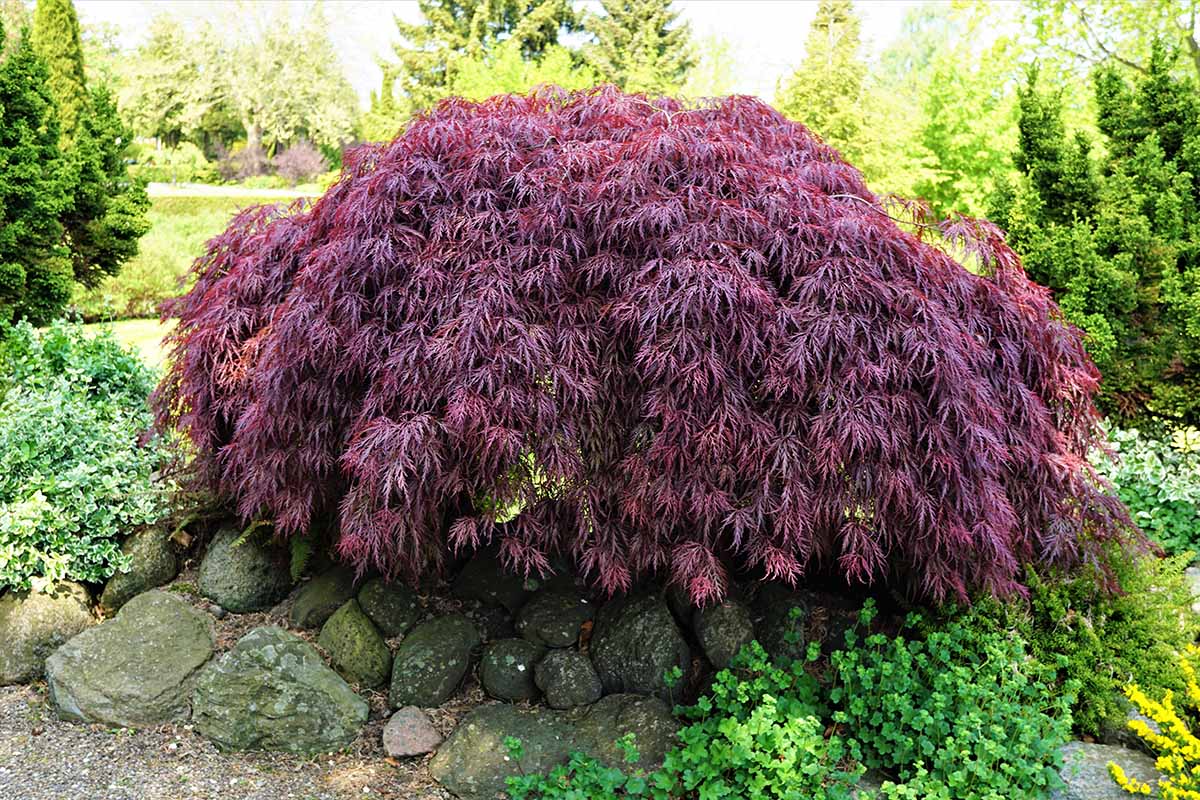
They can be used as garden focal points, small specimens, potted plants, or even as bonsai.
They can add texture and color to a shady spot, or provide shade in a corner of your yard.
Some add color to a winter landscape with their colorful bark, while others provide interest with their striking leaf shapes.
Quick Reference Growing Guide
| Plant Type: | Deciduous tree | Foliage Color: | Green, yellow, red, purple |
| Native to: | China, Japan, Korea | Tolerance: | Black walnut juglone, shade |
| Hardiness (USDA Zone): | 5a-9b | Soil Type: | Sandy, loamy, silty, clay |
| Season: | Spring | Soil pH: | 5.5-6.5 |
| Exposure: | Full sun to full shade | Soil Drainage: | Well-draining |
| Time to Maturity: | 10-15 years, depending on variety | Attracts: | Bees, when blooming |
| Growth Rate: | Slow | Companion Planting: | Black walnut, crocus, iris, hellebores |
| Planting Depth: | 1/4 inch (seeds) | Avoid Planting With: | Barberry, crocus, forsythia |
| Spacing | 5 feet or more | Uses: | Bonsai, container, specimen |
| Height: | Up to 30 feet, depending on variety | Order: | Sapindales |
| Spread: | Up to 20 feet, depending on variety | Family: | Sapindaceae |
| Water Needs: | Moderate | Genus: | Acer |
| Common Pests and Disease: | Aphids, borers, maple scale; Anthracnose, powdery mildew, pseudomonas, root rot, verticillium wilt | Species: | Argutum, japonicum, micranthum, palmatum, rufinerve , shirasawanum, tschonoskii |
You Won’t Be Disappointed
As long as you take your time with the decision, you won’t regret including a Japanese maple in your landscape.
Most importantly, make sure the cultivar you choose is a good one, not only for your zone, but for the specific location in your garden that you’ve selected.
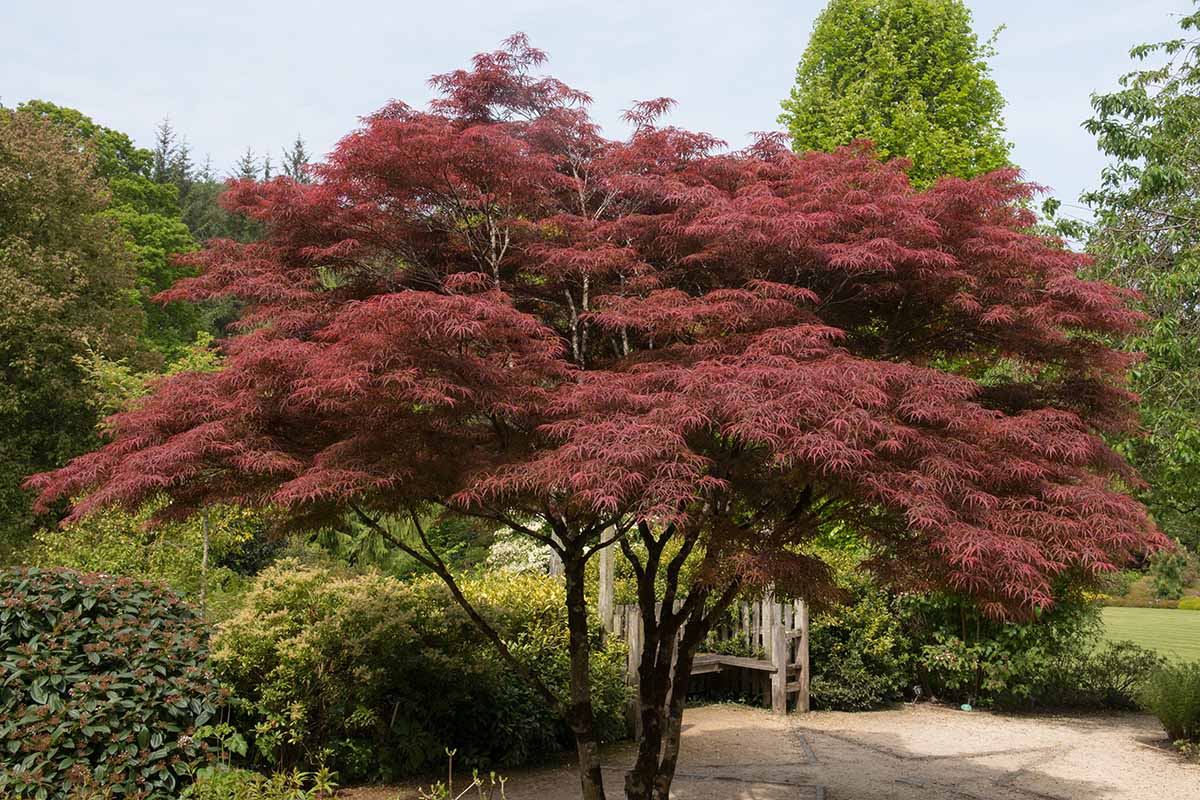
Also, be sure to baby your plant in its first few years after planting in its new location. Mostly, you just need to worry about watering adequately.
There’s nothing more disappointing than investing time and money in a beautiful tree just to watch it slowly – or quickly – perish.
Choose the right location and keep it well watered, and you should be a happy new Japanese maple grower with a thriving new member of the garden to enjoy.
Alright, now it’s your turn. Tell us what kind of Japanese maple you end up with and how you decide to use it in your space in the comments section below.
Also, if this guide was useful for you, we have lots more that you might want to have a look at. Here are some other relevant guides that you should check out next:
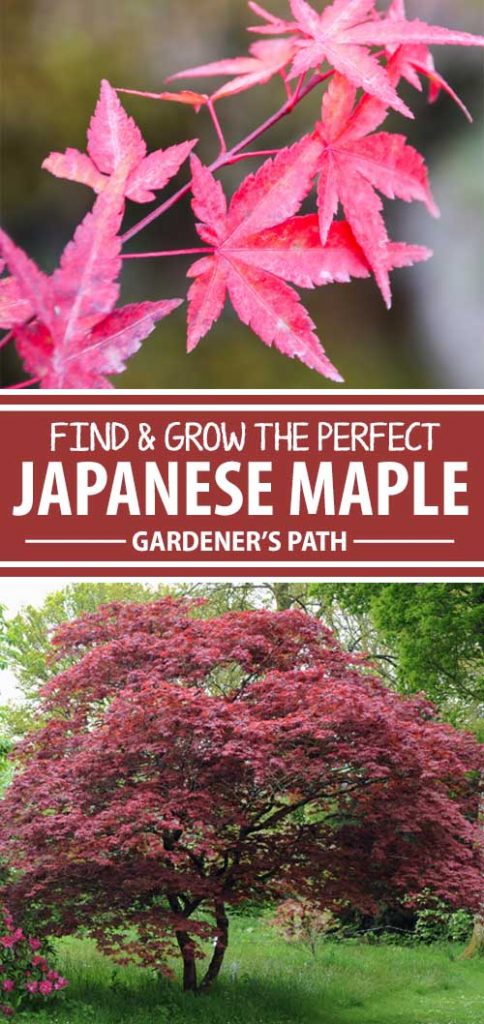
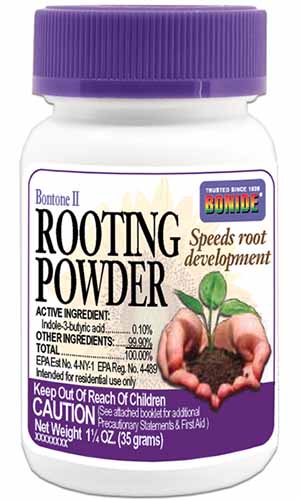



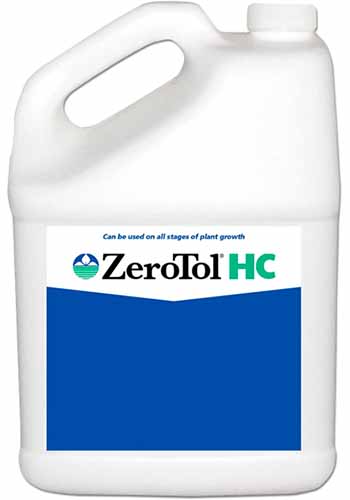
I have several in pots because I have floods a lot. I have lost trees that were 8 ft tall so now I grow them in pots on my deck, up from the water. I had a tree that left me 8 babies. I dug up 4 and left two – I hope they come back this year. I was told that they wouldn’t do well- will they? Thanks!
Would you be so kind as to tell me what kind of soil is needed to grow a red leaf Japanese maple in a pot?
Thank you and I hope you get your trees.
[Editor Translated: Sería tan amable y decirme que clase de tierra se necesita para sembrar un Red leaf Japanese Maple en maceta .
Gracias y espero se le den sus árboles.]
Read more about soil selection for Japanese maples grown in containers in our guide.
HI I HAVE THE JAPANESE MAPLE AND IT HAS SOME LEAVES THAT HAVE WHITE COMING ALL OVER IT. WHAT CAN I GET TO FIX THE BUSH PLEASE? I TRIED TAKING THE LEAVES OFF WHERE THEY ARE WHITE BUT IT LEAVES BIG SPOTS EMPTY. NEED HELP IN WHAT TO DO PLEASE.
Hi Pat, Don’t panic! This sounds like it is probably powdery mildew. This unsightly white fungal growth is typically caused by an overabundance of moisture and a lack of good airflow. Where are you located? If it has been particularly rainy in your area, this could be the cause. If you water these trees, avoid watering the leaves. What size are the trees, and have they been pruned recently? Careful pruning should help if the branches are overly crowded and holding on to too much moisture. I would not recommend removing the affected leaves, unless they are also yellowing or… Read more »
I live in San Bernardino mountains in California zone 8. My Japanese maple is drying out. I’ve got it planted on a hill and I just discovered that the sprinkler has missed it. Can I used Jobes tree spike on it?
Can anyone help? I have a small Japanese maple growing in the middle of my small flower garden, I have no idea how it got there, I never planted it, it’s about 4 ft high and has green leaves, does anyone know how I can prevent it from getting too large for my garden? Can I keep pruning it so it will stay small? Like maybe a bonsai size?
Hey Barb, congrats on your surprise maple! You won’t be able to keep a Japanese maple bonsai-sized in the garden because you can’t restrict the roots, but you can prune the branches quite a bit to keep them smaller than they would grow otherwise. However, since we don’t know what kind of maple you have, you still might have a large tree on your hands. If it’s four feet tall already, I’d guess that you don’t have a dwarf variety. That means even with heavy pruning, you’ll likely have a 10-foot-tall – or more – tree on your hands. If… Read more »
Thank you so much for the great advice I truly appreciate you taking the time to help. Looks like I’m going to get my hubby to relocate it so it doesn’t take over my small flower garden
Very good detailed info. THX
I have a Japanese maple bare root from arbor day soc. I planted and protected last fall. I just noticed that a critter has taken off the top branches, twigs. Now it’s just a straight stick coming out of the ground about 8″. I found the branch missing and it has dried starter buds, I pushed it into a pot. Will my tree still grow and make new branches? Will my potted twig grow roots?
It’s absolutely possible that your tree will survive and grow new branches. Keep supporting it with water and protection, if necessary, until it re-establishes itself. The potted twig may or may not survive, depending on how long it was off the tree. It doesn’t hurt to keep it in the soil and provide it with water if the soil begins to dry out. If you don’t see new buds forming within a month, it has probably died.
Hi, I purchased a Japanese maple from a local garden center, we live in the foothills of Alberta zone 3 so I repotted it and it was on my deck all summer with very little growth. I moved it into our heated garage
for the winter and it lost all it’s leaves. now it’s March and the leaves are budding out again. My question is. Is this normal when should I fertilize it?
Thanks so much.
Hi Tierra, this is totally normal. It should be leafed out in no time. Right now is a good time to add some fertilizer.
Yes but don’t leave it out at night if frost is expected, it will kill the young growth that has come earlier than normal if it was outdoors.
I live in Zone 5b, which is NW Montana. During the winter we always get a week or so of windchills down to MINUS 40 degrees. That would kill a Japanese maple, wouldn’t it? I’d so love to have a coral bark maple, but I fear it would die for sure. Any suggestions?
Hi Diane, you’re right, most Japanese maples won’t do well in your area. But there are several new hybrids that are so tough they can survive down to USDA Growing Zone 3! Look for the many Acer x pseudosieboldianum hybrids out there. They usually have some sort of reference to cold weather in their common names, such as “northern” or “ice” or the like. You might check out Acer x pseudosieboldianum ‘Northern Glow,’ which has red bark. ‘Ice Dragon’ is another good one if you’re looking for a tree that will stay small. Of the traditional Japanese maples, ‘Beni Otake’… Read more »
I have an older Japanese Maple, about the size of the one in your picture. It has Lichen growing on the trunk and the bark is peeling off. There are a few dead branches. We just planted a new on about 10 feet away to take over the role of tree-to-sit-under on a sunny day but in the meantime is there anything i can do to help the old tree. i don’t know is age. We have been here 12 years and it was large then. We live near lake Ontario in Bellville Ontario
Hi Jane, there is still plenty you can do to help support your aging maple. First, cut off all of those dead branches. They aren’t doing the tree any good and they can leave an opening for pests and diseases. Peeling bark is usually just part of the aging process and you don’t need to do anything about it. Just let it come off naturally. It never hurts to examine the tree closely, however, to make sure that there aren’t any pests or problems hiding under that peeling bark. Finally, don’t worry about the lichen, either. Lichen isn’t parasitic, meaning… Read more »
Hi,
Any idea what happened to my Bloodgood??
Please add your photos directly to the comment section. We don’t allow linking to third party sites in our comments.
I wish I could figure out how.
Hope this works.
Well, that didn’t work.
I just found this website. It’s one of the very best I’ve run across. Accurate and detailed info! So appreciate all those who write the fantastic articles! I’ve bookmarked this site.
What happened to my Bloodgood Maple??
Looks like the graft had issues, but after so many years???
Was about 30 years old.
Hi Mike, it’s a little hard to tell from this distance, but it does look like graft failure. Graft failure can take years to kill a tree. It takes time to develop and you might not even start to see symptoms until the tree has been in the ground for a decade. If you want to send a closer picture of the base/graft I could tell you with more certainty. But if you see any splitting, cracking, or soft tissue near the graft, that’s a pretty sure sign. I’m sure you already know, but there’s no saving a tree with… Read more »